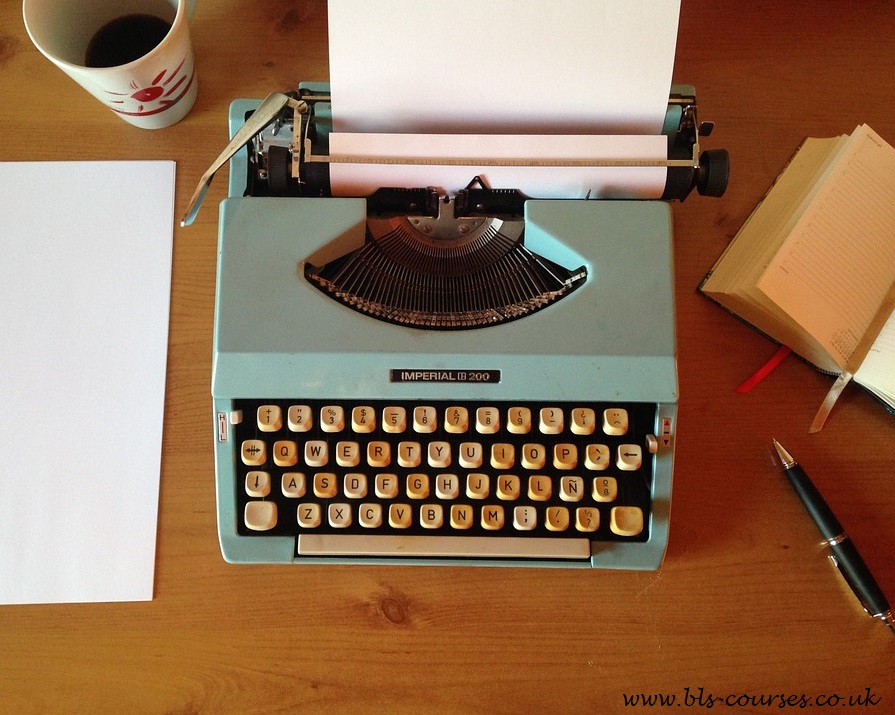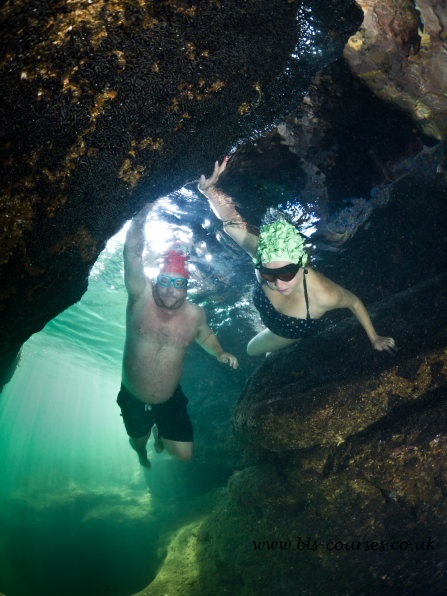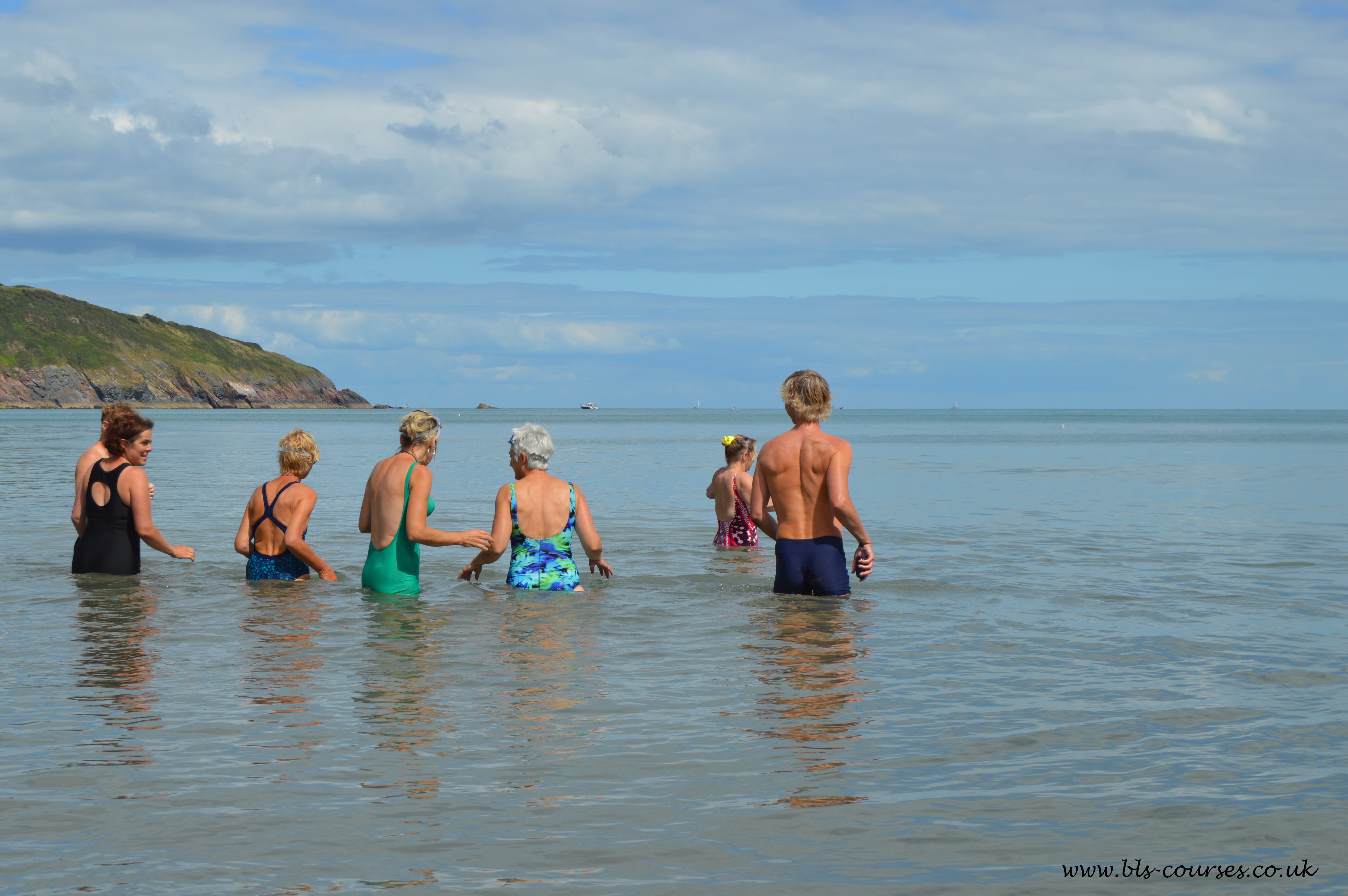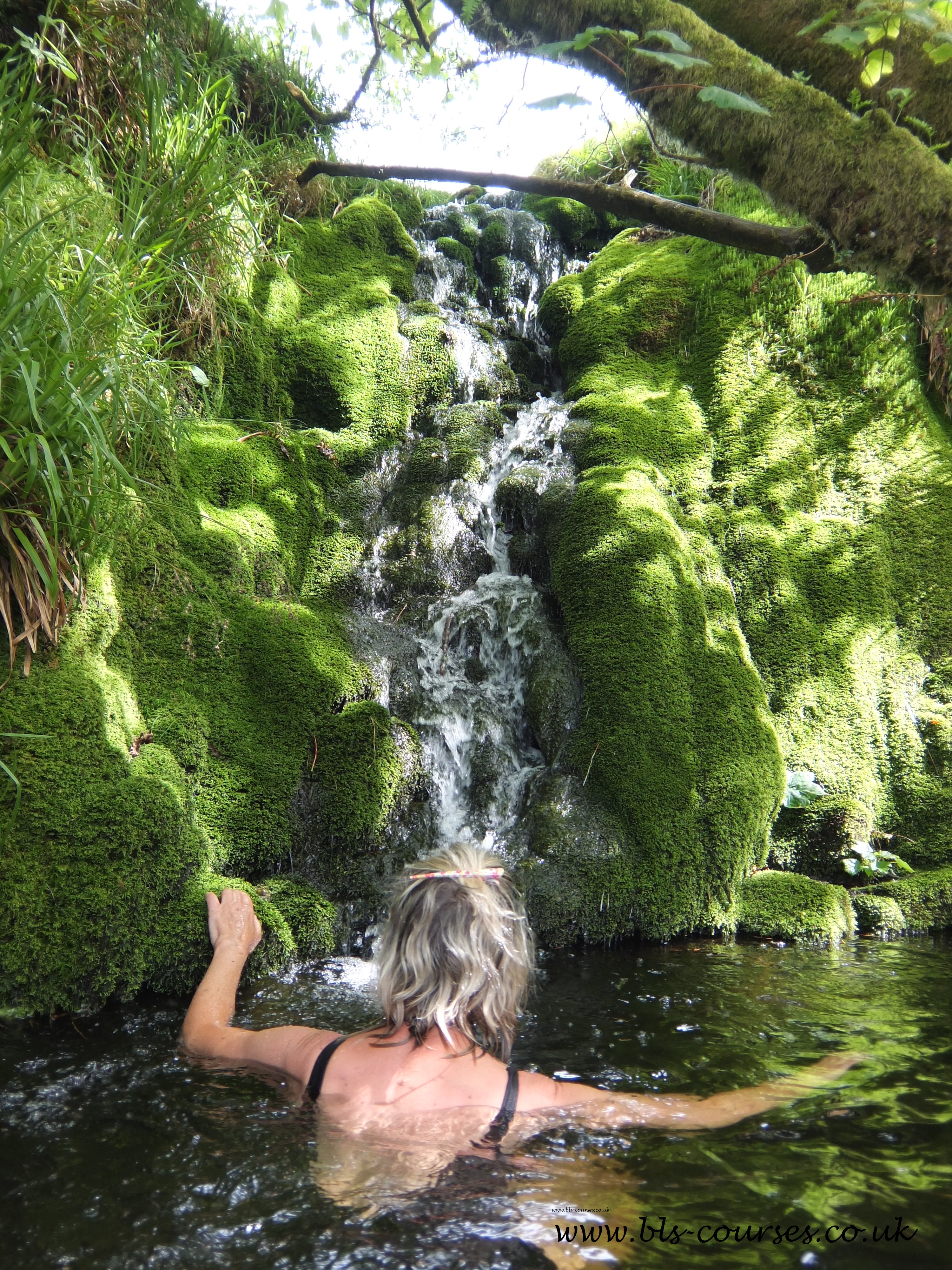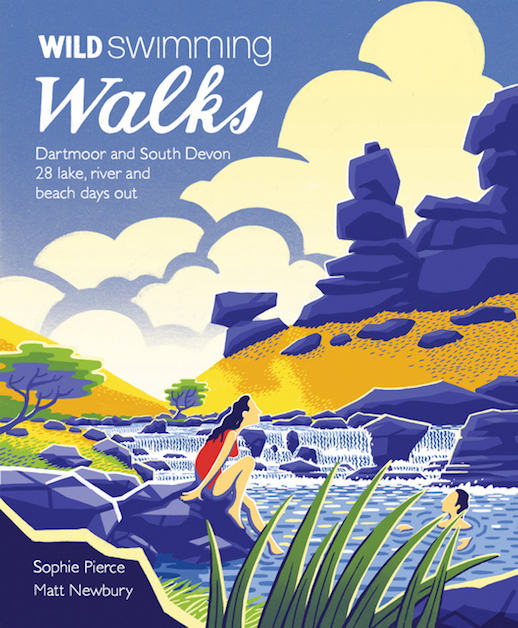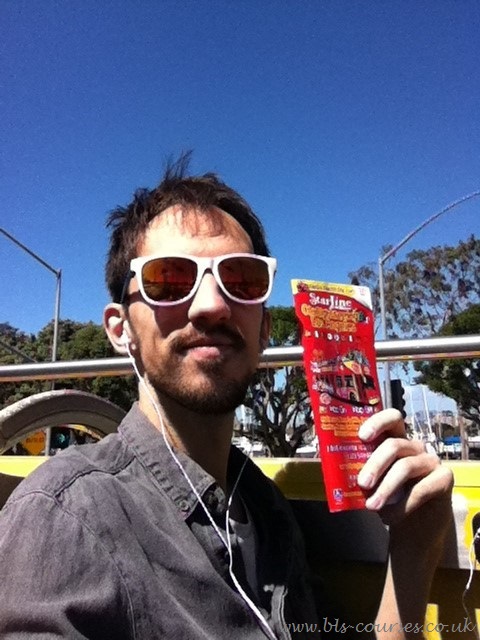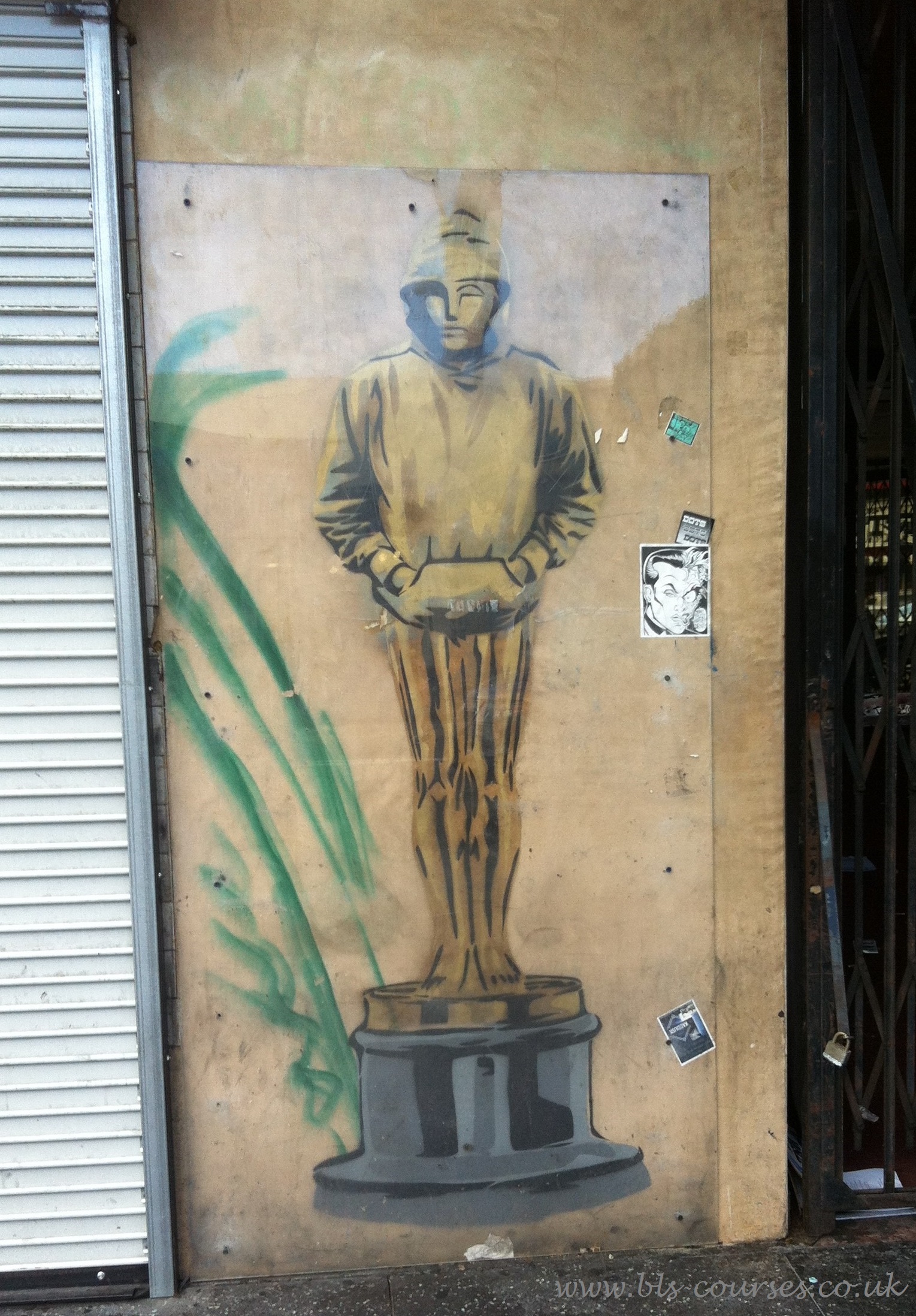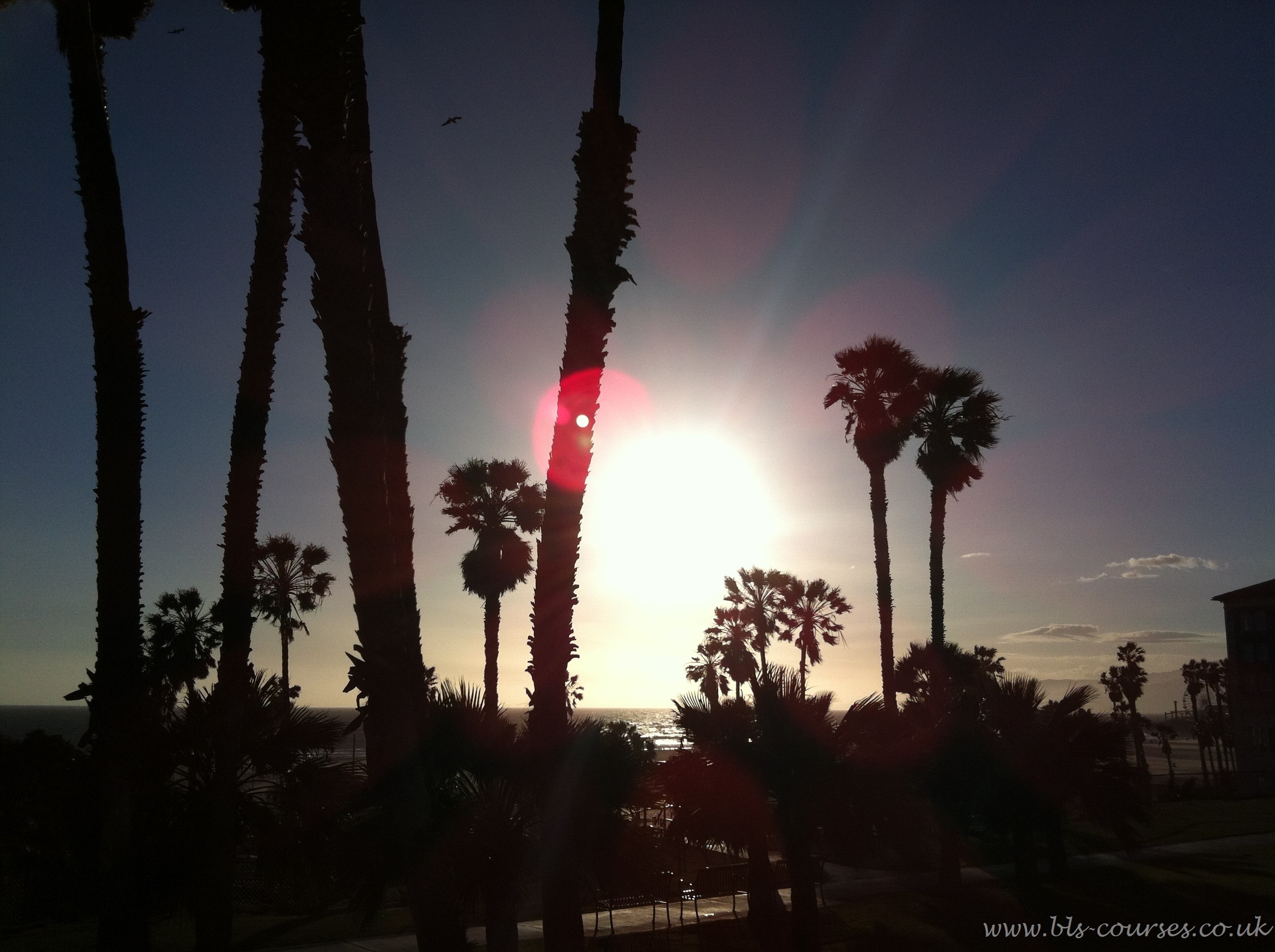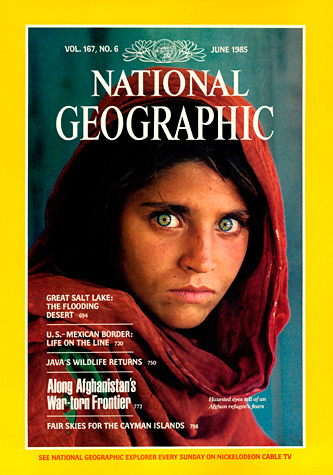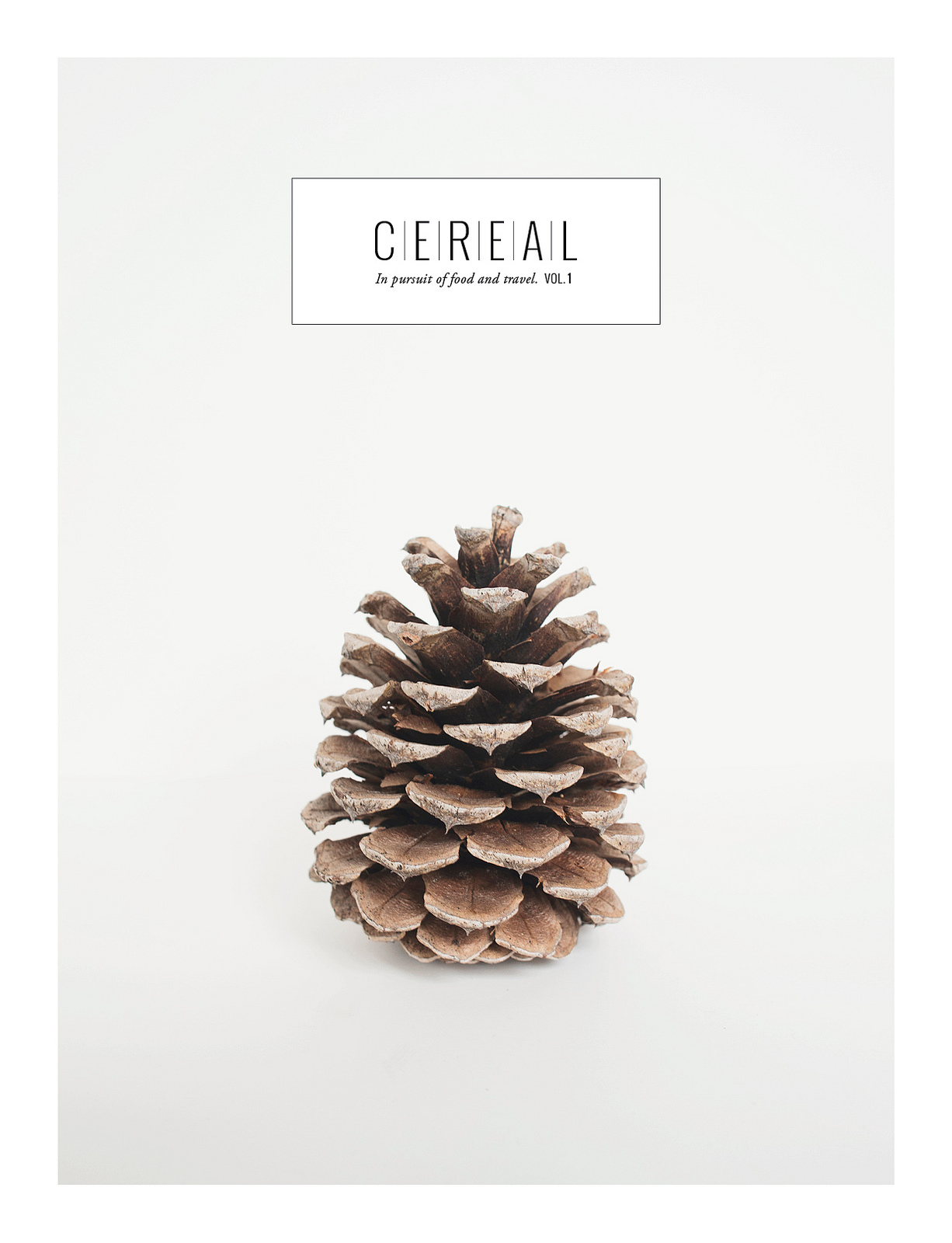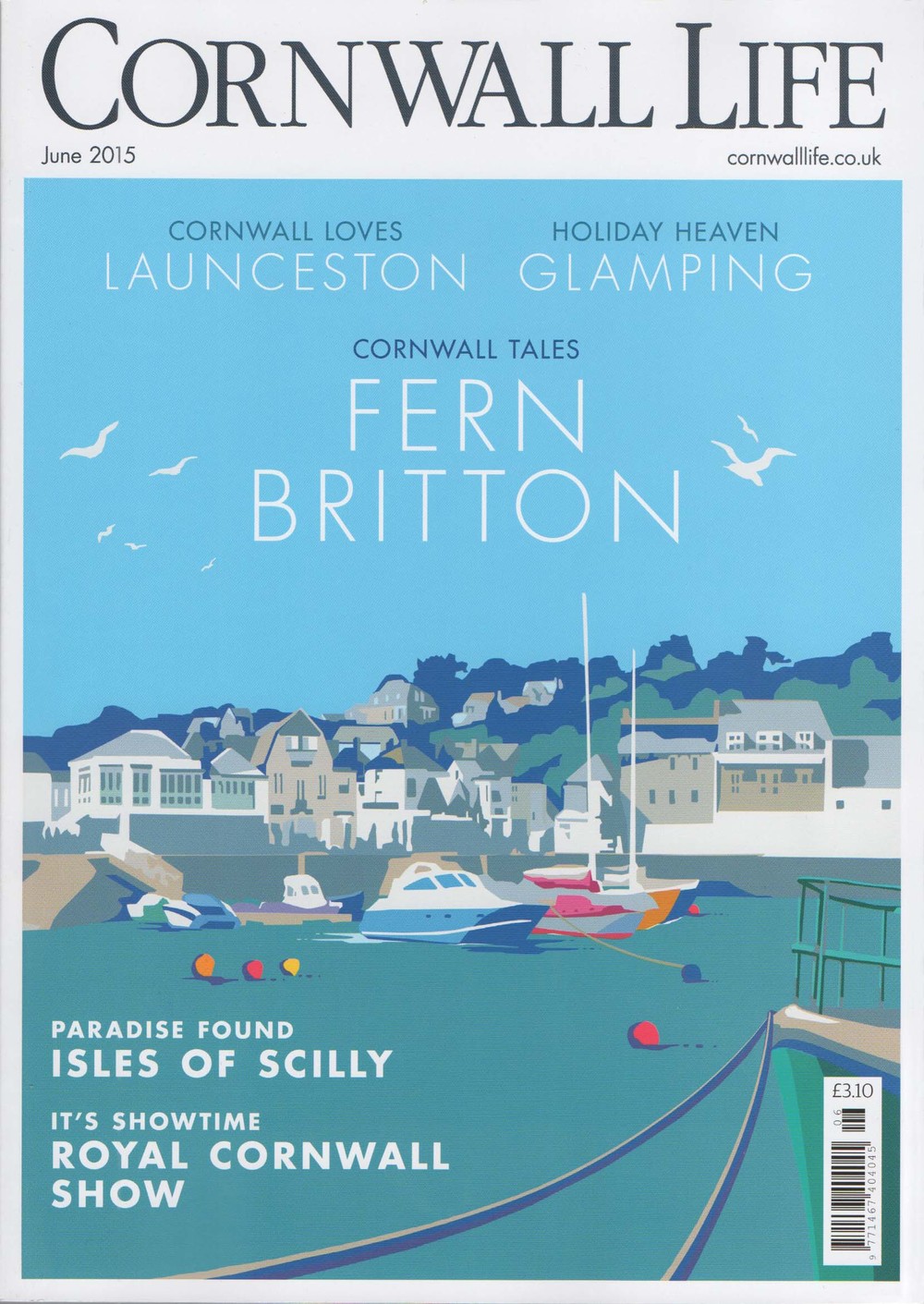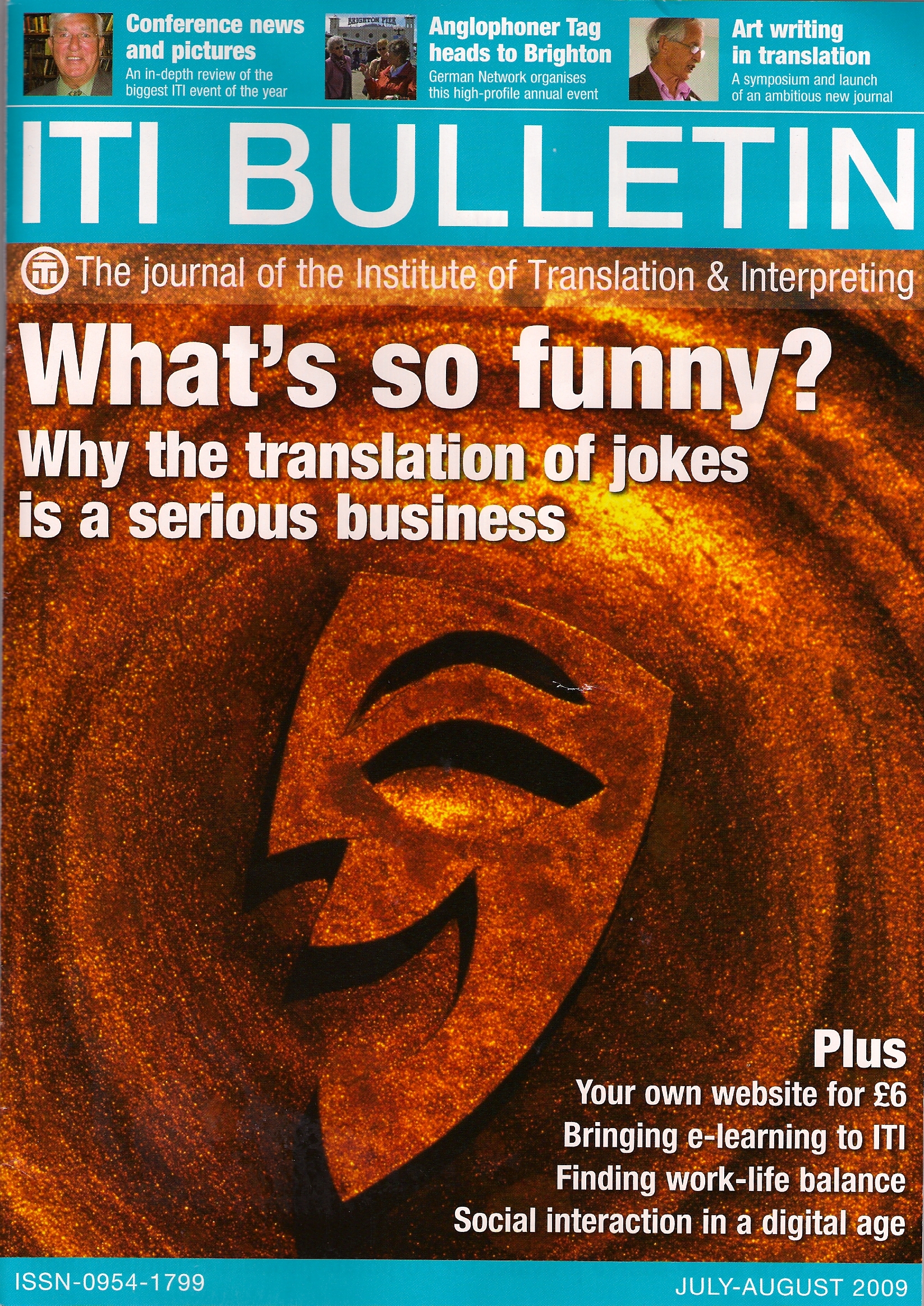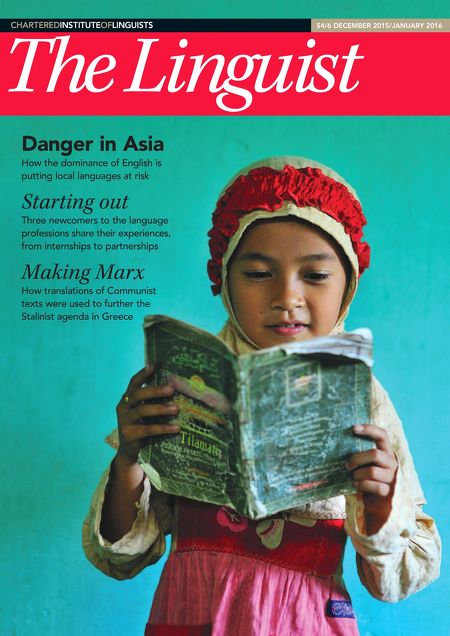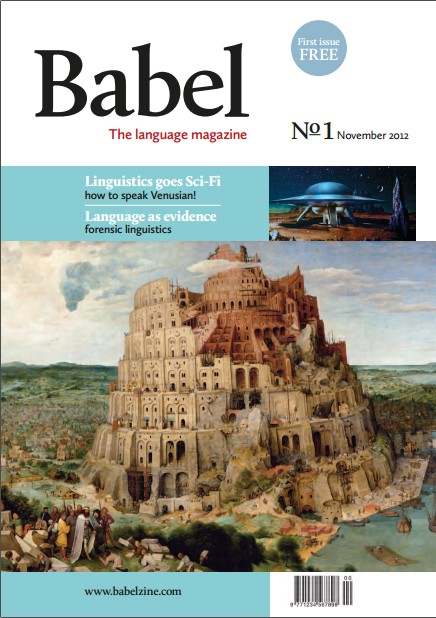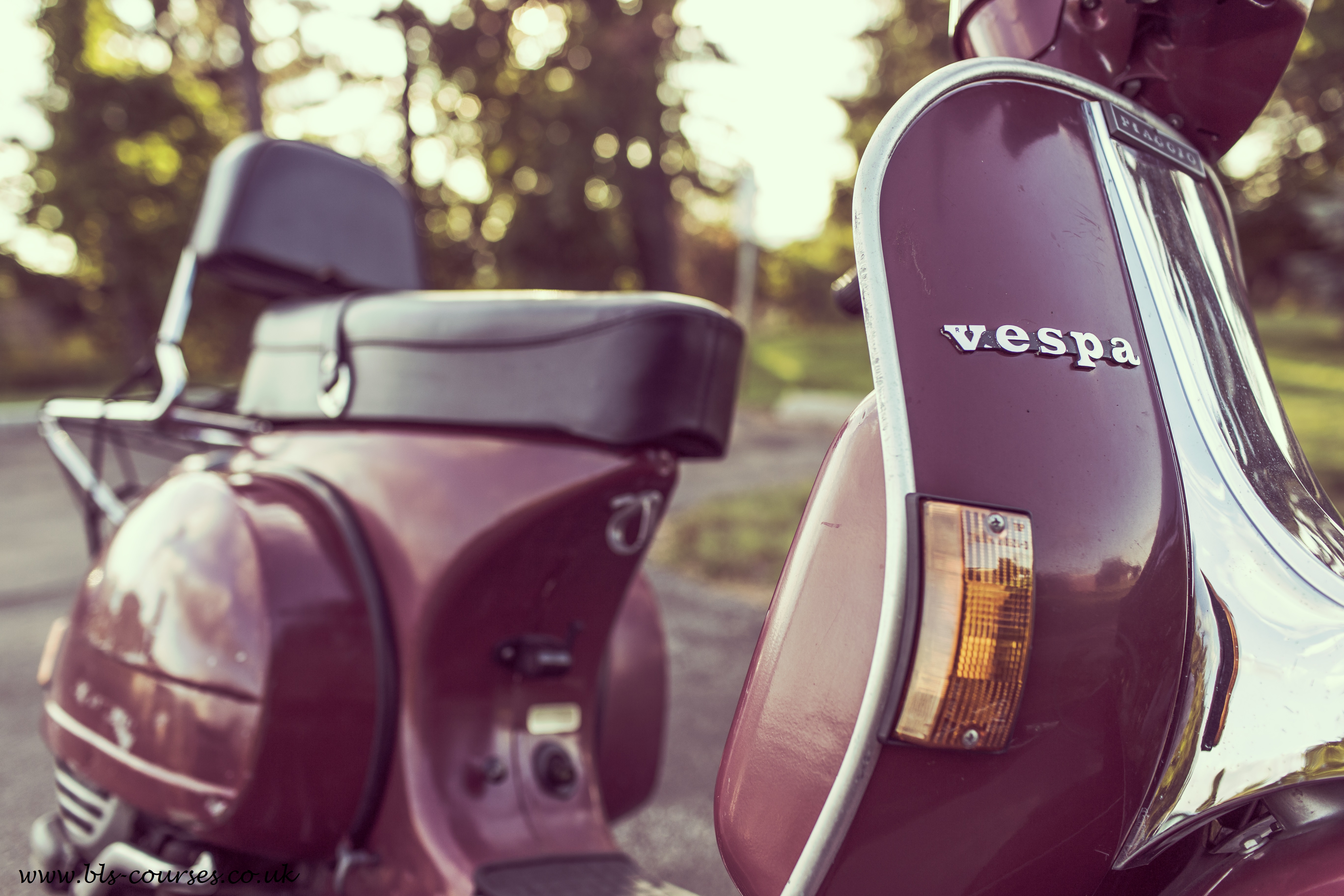We hope you enjoyed our post on how to improve your reading skills in another language. Now we are back with tips on how to work on another skill – writing. Each language has its own writing conventions for different genres. Practice these and you can write letters to your friends, write business emails, publish an article in a newspaper, keep a blog or even write novels in your new language. Here are a few tips for working on your writing skills.
Writing is an Active Skill
Unlike listening and reading, the skills we have looked at already, writing is not just about understanding what is being said to you or the text you have in front of you, it is about producing your own meaning. Writing is an active skill. This means that you are using your brain actively, using grammar and making sentences. You will need to practice writing to be able to do it effectively, but it is not impossible to learn! One tip is to try to think and write in the target language rather than translating in your head or from a first draft. This will come more naturally with practice. Improving your writing will also have a knock-on effect on your other skills, as you will learn and remember (even complex) vocabulary better, understand grammatical constructions and become more creative in your chosen language. If you combine your learning tools (reading, listening, writing and speaking), you will engage all your senses in the learning process and therefore learn faster.
Don’t Forget to Read
Reading in your chosen language is a great way to get used to different writing styles that you can bring over into your own writing. It will help you with sentence construction and spelling, and give you an idea of different writing conventions. Think about how the texts you are reading are structured and which types of phrases or vocabulary are used in different situations and for different purposes – such as introducing a topic, description, comparisons, conclusions, etc. Some people also recommend copying out texts to help yourself get better at writing in the language you are learning – it will help you get used to writing those letters in that order and those words in that order. If you choose to do this, make sure the texts are interesting and you have a relaxing space to do it in and, ideally, a notebook dedicated to this exercise.
Close the Textbook
When you are practising writing, try to write long texts, rather than simply completing gap-filling or translation exercises in your textbook. Make it personal to you, so it becomes more than answering questions and checking the answers. Try writing a diary in your new language – write creatively about things you have seen that day, thoughts you have had, perhaps with illustrations. If you do this you will automatically make the writing a part of you. Remember, writing is expressive – so use it to write about how you feel. Don’t worry if you don’t write everything correctly the first time, you can write and re-write your text as much as you like. Having the diary will also let you see how much progress you have made – compare early entries to later ones to see how far you have come. You don’t have to show anyone your diary if you don’t want to, but it will have helped you get down what you want to say in the language you are learning. Of course, if you want to ask a native speaker to check your writing, you can do that too!
Have the Right Tools
If you want to write grammatically correct texts with creative use of vocabulary, remember to have a good dictionary (a monolingual one as well as a bilingual one if you can get your hands on it), a thesaurus to help you develop your knowledge of synonyms and a grammar reference if there is one available in the language you are learning.
Written by Susannah Young
